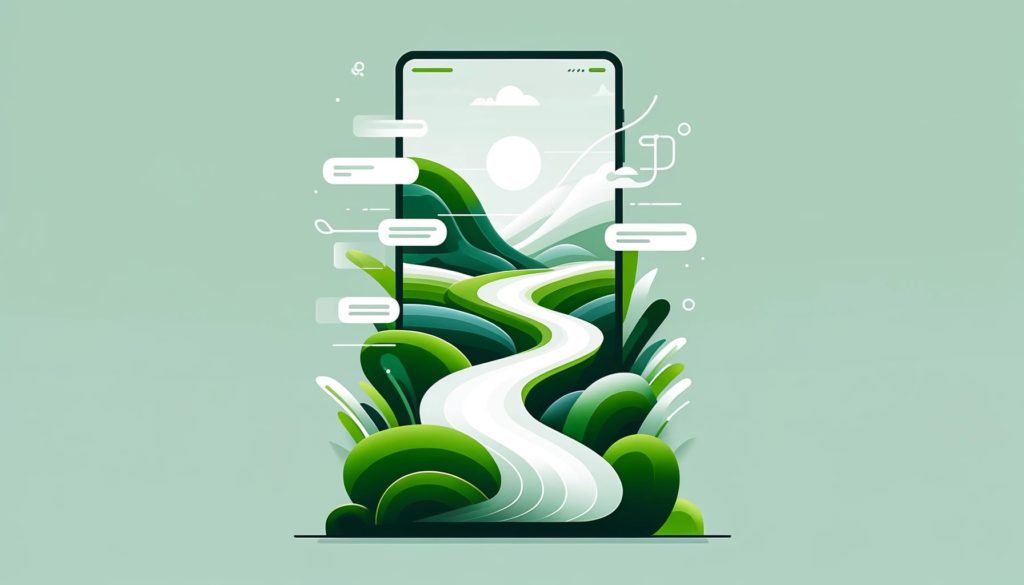Introduction
Jetpack Compose has revolutionized Android app development with its declarative UI approach, offering developers powerful tools for creating modern and dynamic user interfaces. One such tool is the Flow Layout, which provides a flexible and efficient way to arrange UI elements dynamically based on available space. In this article, we’ll explore the concept of Flow Layouts in Jetpack Compose, their benefits, and how to effectively implement them in your app’s UI design.
Understanding Flow Layouts
Flow Layouts in Jetpack Compose allow UI elements to be arranged dynamically in a flow-like manner, adjusting their positions based on available space and constraints. Unlike traditional layouts such as LinearLayout or ConstraintLayout, which rely on fixed positioning or constraints, Flow Layouts offer greater flexibility and adaptability, making them ideal for handling dynamic content or responsive designs.
Benefits of Flow Layouts
The primary benefit of Flow Layouts is their ability to accommodate varying screen sizes, orientations, and content lengths without the need for manual adjustments or complex constraints. This makes them particularly well-suited for building responsive and scalable user interfaces that can adapt to different devices and user preferences. Additionally, Flow Layouts promote code reusability and maintainability by reducing the need for hard-coded layout configurations.
